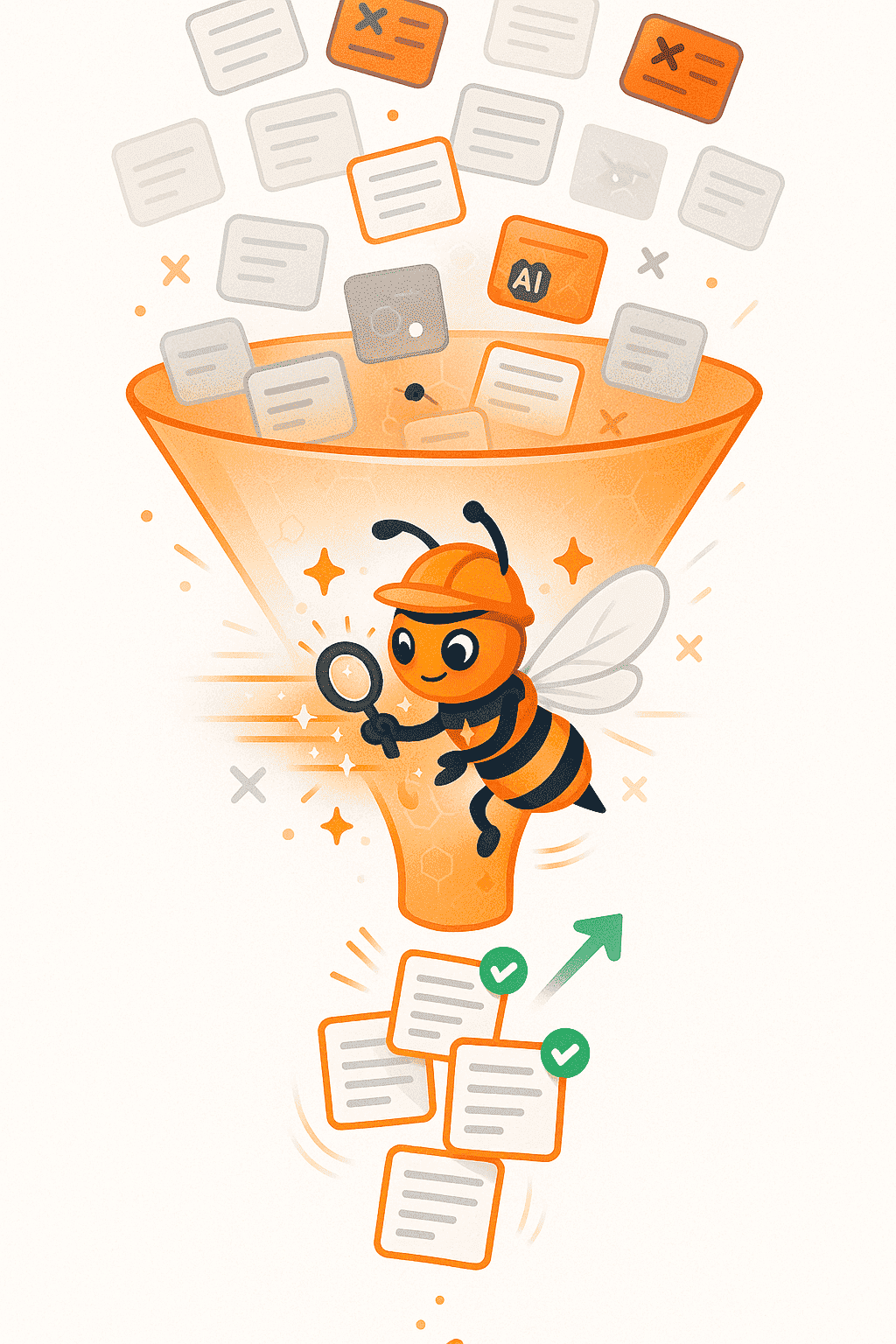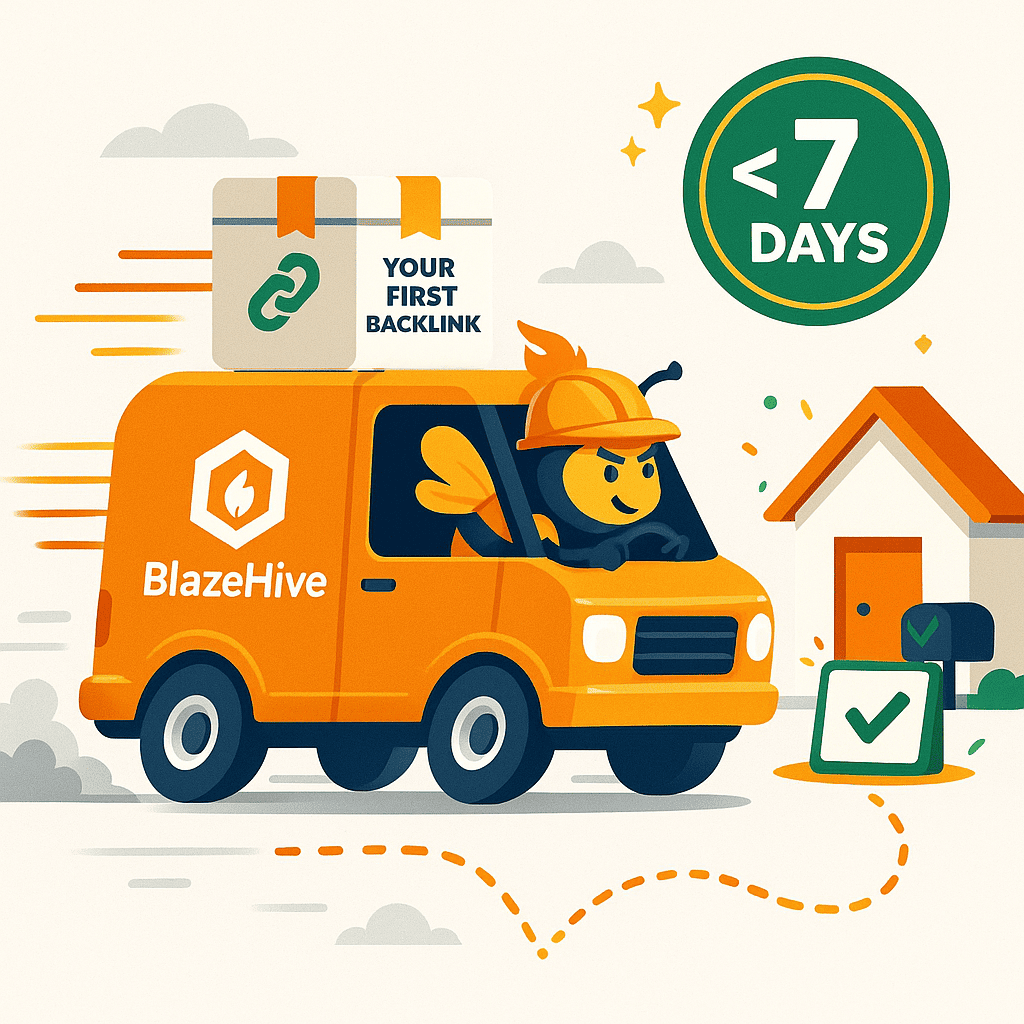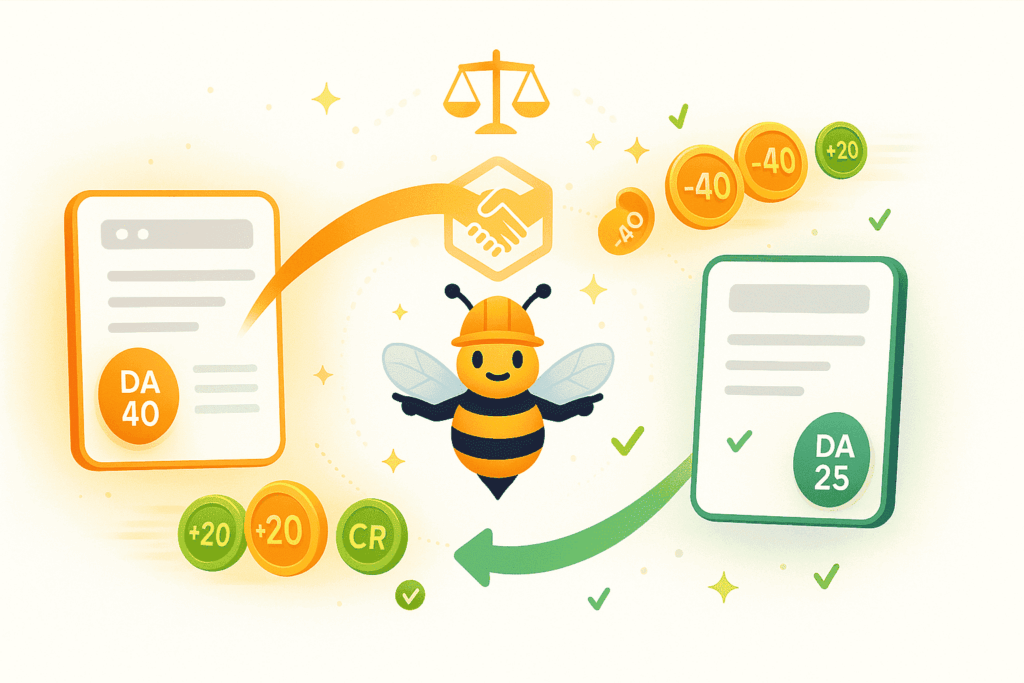Supplier Audit Checklist
Supplier audits protect your business from quality failures, compliance violations, and supply chain disruptions. This checklist covers 12 critical areas from financial stability to social responsibility. Verify quality systems, production capabilities, and regulatory compliance before partnership. Review environmental practices, information security, and performance metrics. Each section includes specific verification points like ISO certifications, calibration programs, and delivery tracking. Use this for annual reviews, new supplier qualification, or risk assessment. Average audit takes 4-8 hours onsite plus 2-3 hours documentation review.
Supplier Information
□ Company registration verified
□ Business licenses current
□ Financial stability assessed
□ Insurance coverage adequate
□ Ownership structure clear
□ Management team qualified
□ Years in business verified
□ References checked
□ Legal status confirmed
□ Certifications valid
□ Industry memberships active
□ Reputation assessed
Quality Management System
□ Quality policy documented
□ Quality objectives defined
□ QMS procedures implemented
□ Document control effective
□ Record management adequate
□ Management review conducted
□ Internal audits performed
□ Corrective actions tracked
□ Preventive actions taken
□ Continuous improvement shown
□ Customer focus demonstrated
□ ISO certification current
Production Capabilities
□ Manufacturing capacity adequate
□ Equipment properly maintained
□ Technology current
□ Process controls implemented
□ Production planning effective
□ Inventory management adequate
□ Lead times acceptable
□ Flexibility demonstrated
□ Scalability possible
□ Backup systems available
□ Contingency plans ready
□ Efficiency metrics tracked
Quality Control
□ Incoming inspection performed
□ In-process controls active
□ Final inspection conducted
□ Testing capabilities adequate
□ Calibration program current
□ Non-conformance managed
□ Traceability maintained
□ Statistical controls used
□ Sampling plans appropriate
□ Release procedures defined
□ Customer requirements met
□ Defect rates acceptable
Supply Chain Management
□ Supplier qualification process
□ Sub-tier suppliers managed
□ Material sourcing controlled
□ Inventory levels appropriate
□ Logistics capabilities adequate
□ Delivery performance tracked
□ Risk management active
□ Business continuity planned
□ Alternative sources identified
□ Cost management effective
□ Communication excellent
□ Collaboration strong
Regulatory Compliance
□ Industry regulations met
□ Environmental compliance verified
□ Safety standards followed
□ Labor laws observed
□ Import/export compliant
□ Product compliance certified
□ Documentation complete
□ Audit trail maintained
□ Government inspections passed
□ Permits current
□ Violations addressed
□ Reporting accurate
Environmental & Sustainability
□ Environmental policy exists
□ ISO 14001 certified
□ Waste management proper
□ Emissions controlled
□ Energy efficiency pursued
□ Water conservation practiced
□ Recycling programs active
□ Hazardous materials managed
□ Sustainability goals set
□ Carbon footprint measured
□ Green initiatives implemented
□ Compliance documented
Social Responsibility
□ Labor practices ethical
□ Working conditions safe
□ Fair wages paid
□ No child labor
□ No forced labor
□ Discrimination prohibited
□ Freedom of association respected
□ Community engagement positive
□ Human rights respected
□ Ethics code implemented
□ Grievance mechanism exists
□ Transparency maintained
Information Security
□ Data protection policies exist
□ Confidentiality agreements signed
□ Access controls implemented
□ Cybersecurity measures active
□ Incident response ready
□ Business continuity planned
□ IP protection enforced
□ System security adequate
□ Physical security proper
□ Employee training conducted
□ Compliance verified
□ Audits performed
Performance Metrics
□ On-time delivery tracked
□ Quality metrics monitored
□ Cost competitiveness maintained
□ Response time acceptable
□ Innovation demonstrated
□ Flexibility shown
□ Communication rated
□ Problem resolution effective
□ Customer satisfaction high
□ Continuous improvement evident
□ Value added measured
□ Partnership approach taken
Risk Assessment
□ Financial risk evaluated
□ Operational risk assessed
□ Quality risk analyzed
□ Delivery risk considered
□ Compliance risk reviewed
□ Reputation risk examined
□ Geographic risk factored
□ Political risk considered
□ Natural disaster risk planned
□ Single source risk identified
□ Mitigation strategies developed
□ Monitoring active
Improvement Opportunities
□ Cost reduction possibilities
□ Quality improvements identified
□ Lead time reductions possible
□ Innovation opportunities exist
□ Process improvements suggested
□ Technology upgrades needed
□ Training requirements identified
□ Communication enhancements
□ Collaboration improvements
□ Sustainability advances
□ Partnership development
□ Long-term value creation
How the Supplier Audit Checklist works
Schedule audit 2-4 weeks in advance. Request documents before visit: business licenses, ISO certificates, financial statements, insurance policies, quality manuals. Onsite, inspect production floor, quality lab, storage areas, and waste management. Interview quality manager, production supervisor, and workers. Verify calibration stickers on measuring equipment, check temperature logs for last 30 days, review corrective action records. Take photos of critical areas. Score each section 0-100%. Complete audit report within 48 hours with findings and improvement timeline.
Supplier failures cost 3-7x more than prevention. Quality issues trigger recalls, customer complaints, and warranty claims. Non-compliant suppliers create legal liability and reputation damage. This checklist identifies red flags before they become crises. Companies using structured audits reduce supplier defects by 40-60% within first year. Systematic verification replaces gut feelings with evidence. Regular audits maintain standards and drive continuous improvement across your supply chain.
Every Business Needs Backlinks, Including Yours.
Meet the smartest link building tool ever made
BlazeHive matches your pages with relevant sites, finds the exact
paragraph to place your link, and verifies placement
automatically. Build backlinks while earning credits for linking
to others.
Your first step was Supplier Audit Checklist; your next step is easier SEO with BlazeHive.
AI-Powered Niche Matching
Get matched with relevant sites automatically Our AI analyzes your content and finds websites in your exact niche that actually want to exchange backlinks. No random link farms, no irrelevant sites, just quality matches with 97%+ topical relevance so every backlink builds real authority.

Automated 24/7 Link Building
Your backlink profile grows while you sleep BlazeHive runs continuously, matching you with new relevant sites as they join the network. More matches mean more backlinks, higher rankings, and growing organic traffic, all without manual outreach, follow-ups, or agencies charging $5K/month.

First Backlink in Under 7 Days
Stop waiting months for outreach results Most users get their first quality backlink within a week of joining. No cold emails with 2% response rates, no waiting 3-6 months for agency deliverables. Just AI matches delivered daily so you can start building authority immediately.

Credit-Based Fair Exchange
Earn credits by giving, spend credits to receive Give backlinks to relevant sites and earn credits based on your domain authority. Use those credits to get backlinks from sites you need. Fair value exchange means no one gets exploited higher DA sites cost more credits, new sites get incentive pricing.

